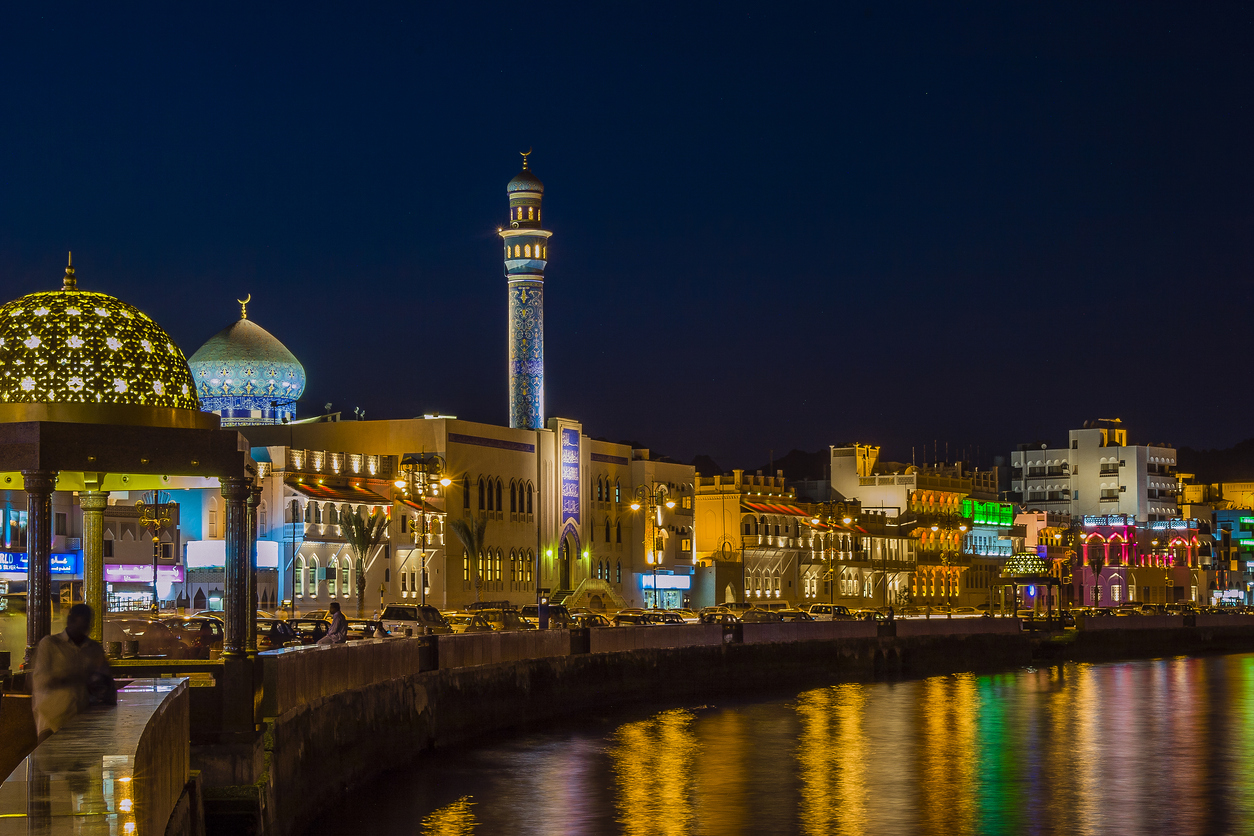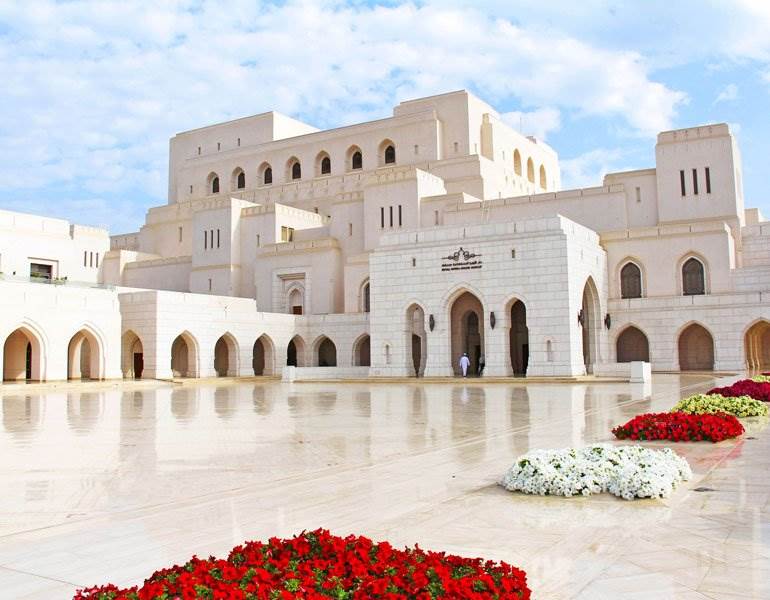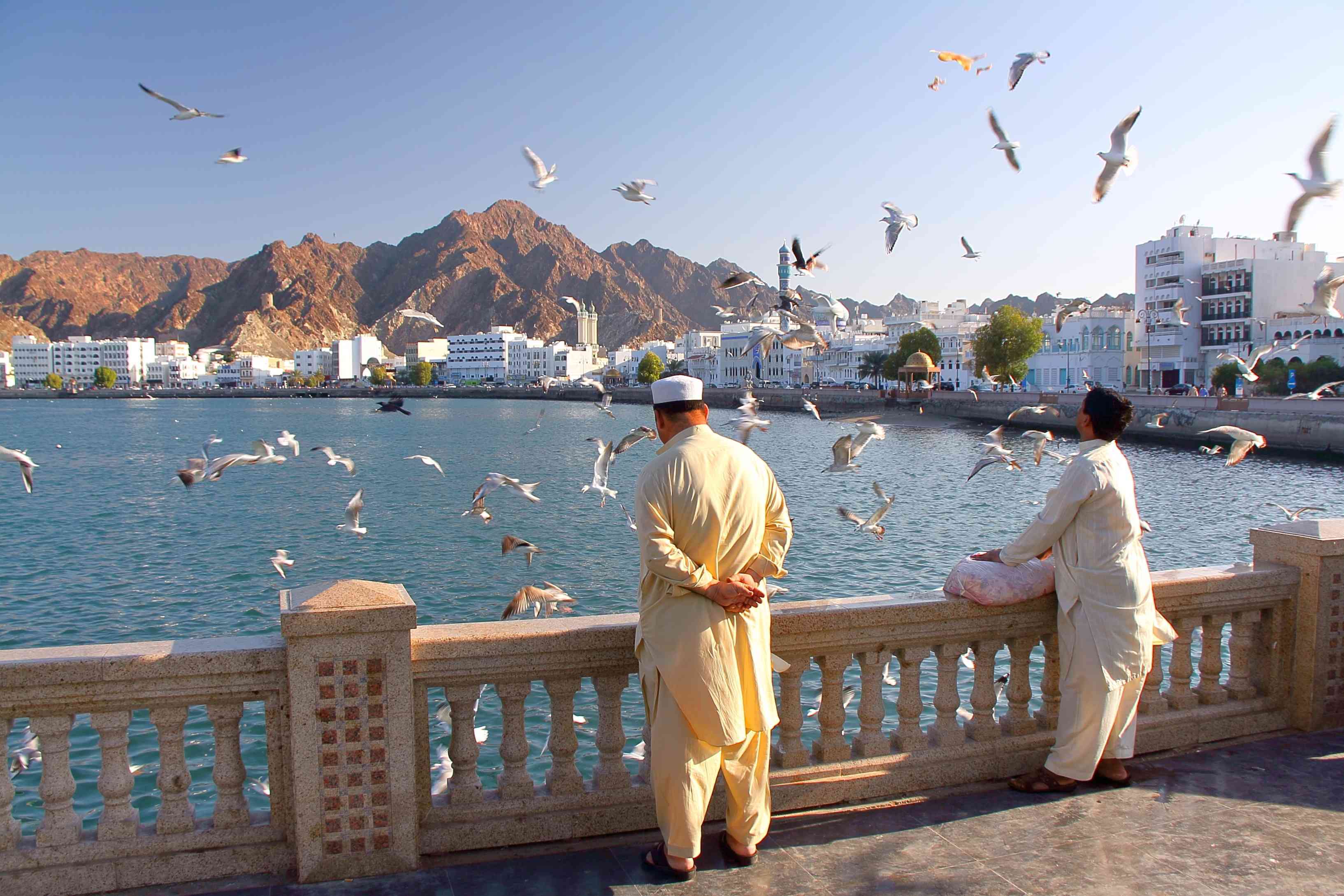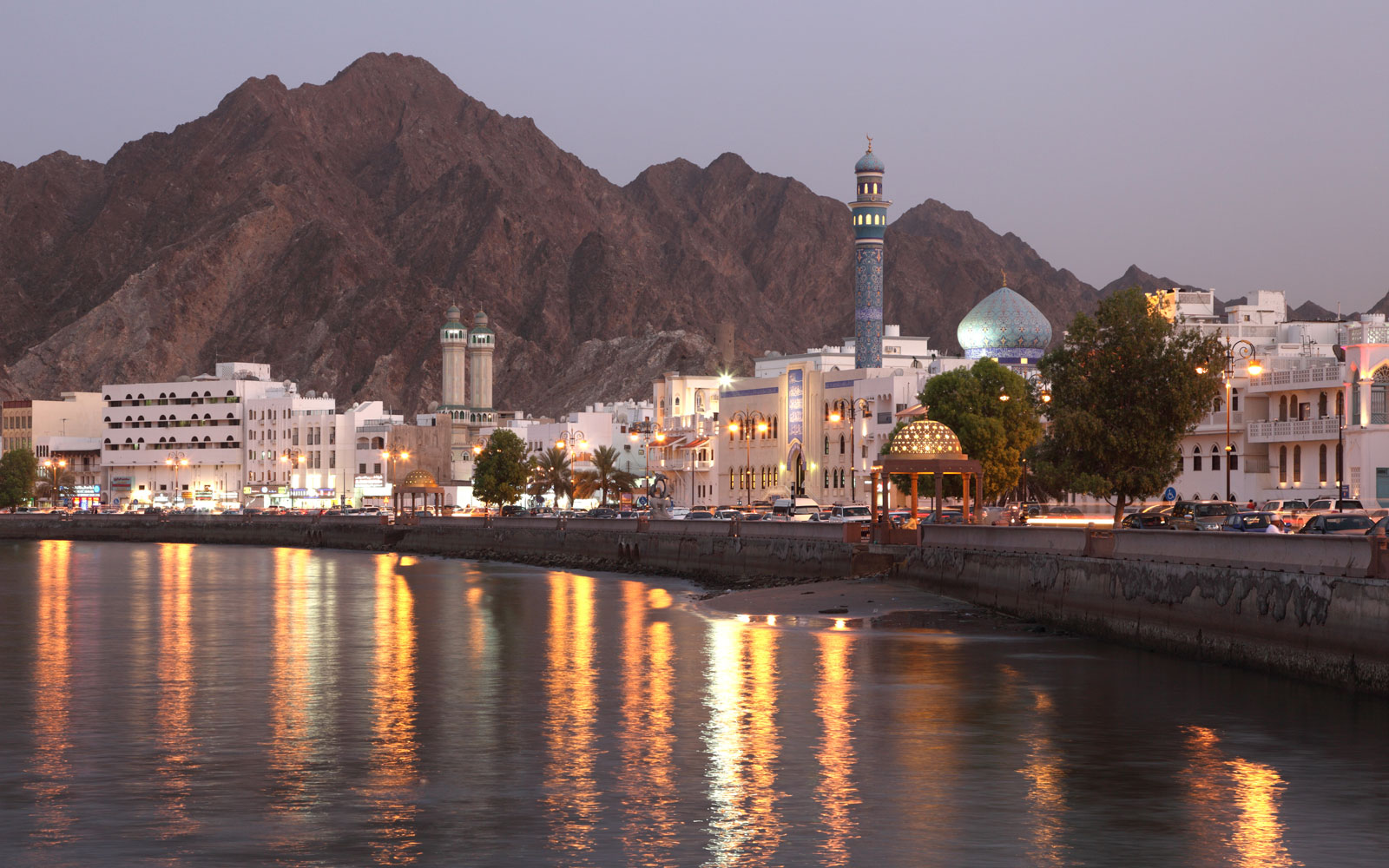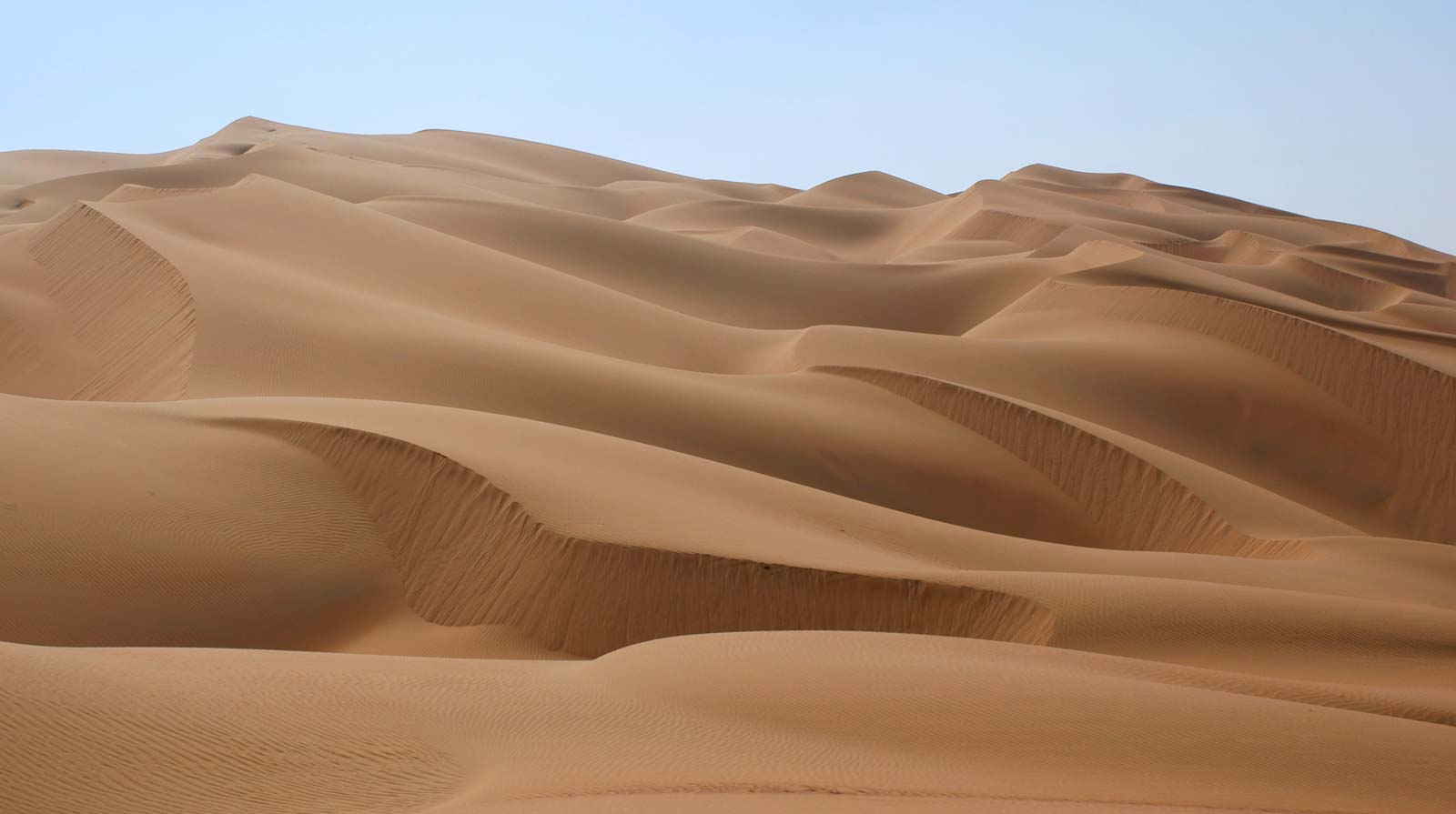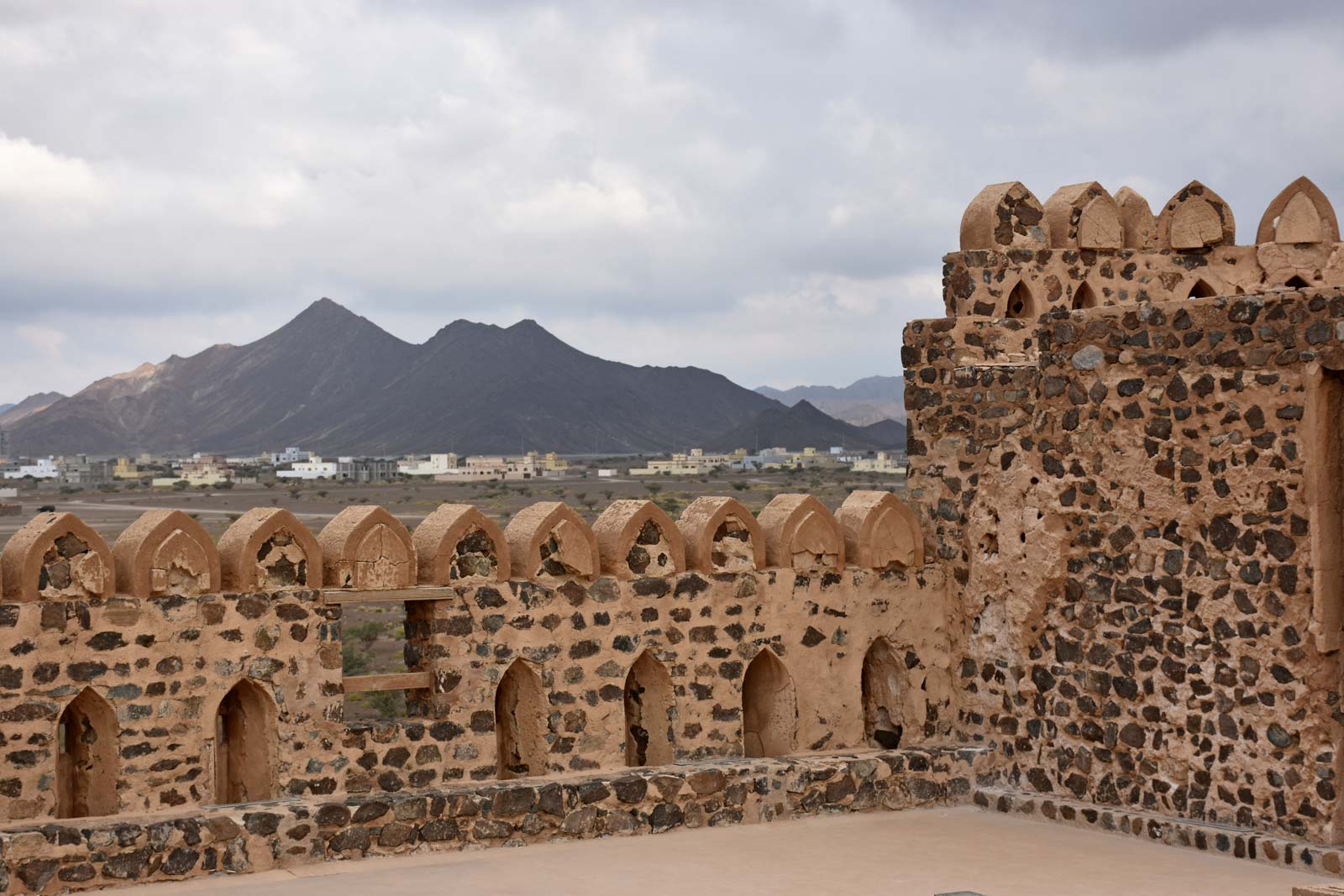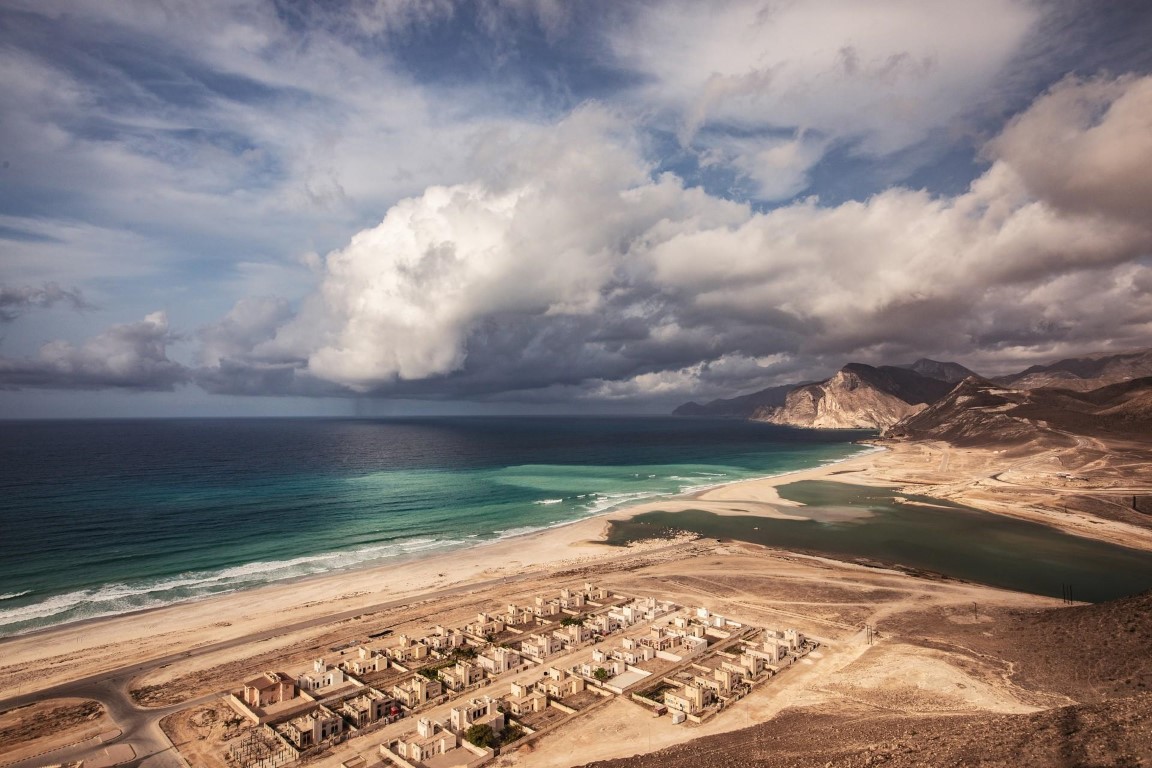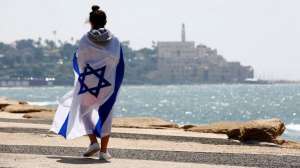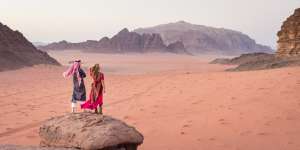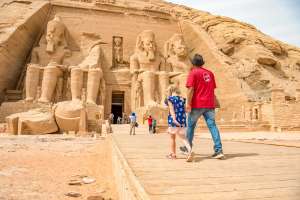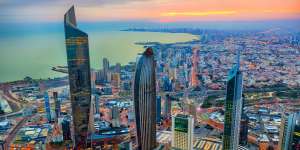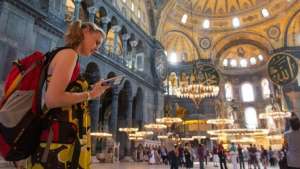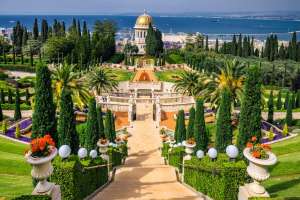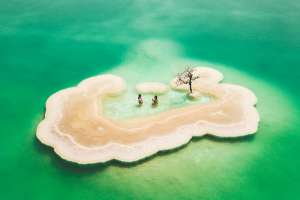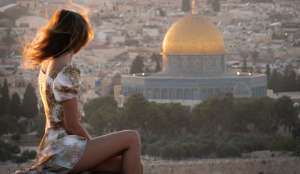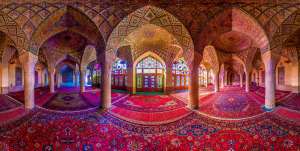Oman is a Muslim nation that stands at a fascinating crossroads between old and new. In its modern cities, one can see the influence of Western architecture, education, and technology. Yet step into the mountain villages or the coastal towns, and the atmosphere shifts — here, life still moves to the rhythm of tradition and faith. Despite its rapid modernization, Oman remains deeply conservative in values, with a society built around respect, family, and hospitality. Visitors are received with kindness that often surprises them; Omanis are known for their genuine warmth and politeness toward foreigners, making this country an ideal introduction for travelers discovering the Middle East for the first time.
Much of Oman’s interior lies within the Rubʿ al-Khali, often called the Empty Quarter — a vast desert of golden dunes stretching endlessly across the Arabian Peninsula. It is a place of extreme beauty and silence, where the horizon shimmers under the desert sun and life survives through resilience. Though the land appears empty, it holds centuries of nomadic history, with Bedouin families still roaming its dunes, their camels and tents tracing ancient paths. Today, this same land is crisscrossed by oil and gas pipelines, linking tradition with the modern world that fuels Oman’s economy.
Oman: The Country
Oman, officially known as the Sultanate of Oman, is located along the southeastern edge of the Arabian Peninsula in Western Asia. It is recognized as the oldest independent state in the Arab world, with a heritage that dates back thousands of years. The nation occupies a strategically crucial position at the mouth of the Persian Gulf, a location that has made it a gateway for trade and power since ancient times.
Oman shares its land borders with the United Arab Emirates to the northwest, Saudi Arabia to the west, and Yemen to the southwest. Across its seas, it faces Iran and Pakistan, with maritime borders defined by centuries of navigation and exchange. The country’s long coastline is washed by the Arabian Sea to the south and east, and by the Gulf of Oman to the north — both providing Oman with access to vital trade routes and beautiful natural harbors.
The country also includes two exclaves — Madha and Musandam — which are entirely surrounded by the territory of the United Arab Emirates. The Musandam Peninsula, separated from the rest of Oman, juts into the Strait of Hormuz and overlooks one of the most important maritime passages in the world. Its rugged cliffs, turquoise inlets, and scattered fishing villages create one of the most dramatic landscapes in the Gulf region.
Muscat, the capital and largest city, lies along the northern coast. The city is a blend of old-world charm and modern sophistication — whitewashed houses, traditional souks, and ancient forts stand beside sleek highways and elegant hotels. Muscat faces the Gulf of Oman, serving as both a commercial hub and the cultural heart of the nation.
Omani People
Omanis are the native people of this historic land, and they are known for their calm dignity and friendliness. For centuries, Omanis have inhabited the land that now forms the modern state. By the eighteenth century, Omani traders and leaders had turned Muscat into one of the most powerful and prosperous ports along the Persian Gulf, extending their influence deep into East Africa and beyond.
The population of Oman is ethnically rich and diverse. While Arabs make up the majority, there are numerous ethnic groups whose ancestors came from across the region. Many Omanis, particularly in coastal cities like Muscat and Sur, have Swahili roots — descendants of those who lived or traded along the Swahili Coast, especially in Zanzibar. These families maintain linguistic and cultural ties to East Africa, and Swahili can still be heard spoken in parts of Oman today.
Besides the Arab majority, the population includes Balochis from Baluchistan, Lurs and Persians from Iran, and Mehri-speaking tribes from southern Arabia. There are also South Asian Omanis such as the Lawatis, who have lived in Oman for centuries, as well as Omanis of African descent in regions like Dhofar, Sur, and Muscat — descendants of people brought from Africa generations ago who have become an integral part of Omani identity.
Oman’s citizens form the majority of its population, though a significant number of expatriates also live and work in the country. More than one and a half million Omanis live abroad, mainly across the Middle East and along the Swahili Coast, continuing the country’s long tradition of outward trade and connection.
Oman: The Land and Environment
Much of Oman’s interior remains within the vast, arid desert known as the Rubʿ al-Khali — a region famous for its endless dunes and rare silence. For centuries, this landscape has been home to Bedouin tribes who rely on their herds and seasonal movements to survive in one of Earth’s harshest climates. Though modern infrastructure now stretches across the desert, the rhythm of life here still echoes the simplicity of old desert traditions.
By contrast, the country’s coastline presents a very different picture. Oman’s northern coastal strip, lying between the mountains and the sea, is lush and fertile. Here, the soil supports vineyards, date palms, and a wide variety of fruits and vegetables. In the far south, the Dhofar region — especially around the city of Salalah — enjoys a unique climate brought by the summer monsoon, turning the landscape green while the rest of Arabia remains dry.
Muscat, the capital, sits on this northern coast. It is a city where modern architecture meets centuries of heritage. The skyline blends mosques and forts with sleek hotels and government buildings, reflecting Oman’s identity as a nation rooted in history yet open to progress. From its harbors, trade flows outward to the world, as it has for millennia.
images/Muscat-Oman.jpg
Oman’s story is deeply tied to its geography and history. In ancient times, it was known for its frankincense — a fragrant resin once more valuable than gold — and for its skilled metalworking. Because of its strategic position on trade routes, Oman has always attracted outside powers. The Portuguese captured Muscat in the 16th century and ruled it until 1650, when they were driven out by Omani forces. In the 18th century, the Al Bu Sa‘id dynasty rose to power, expelling Persian occupiers and building Oman’s maritime influence across the Persian Gulf and East Africa.
Despite periods of turbulence, the Al Bu Sa‘id family maintained their rule into the modern era. For centuries, Oman remained cautious about modernization. That changed dramatically in 1970, when Sultan Qaboos bin Said came to power after a peaceful coup. Under his leadership, Oman underwent rapid transformation — roads, schools, hospitals, and industries were built across the country. Today, Oman balances its conservative traditions with openness to tourism and modern development. Travelers are drawn to its unspoiled landscapes, quiet hospitality, and the rare harmony between progress and heritage.
Land
Oman covers an area slightly smaller than Poland, stretching across diverse geographical zones. It is bordered by Yemen to the southwest, the Arabian Sea to the south and east, the Gulf of Oman to the north, the United Arab Emirates to the northwest, and Saudi Arabia to the west.
To the far north lies the Ruʾūs al-Jibāl, or “Mountaintops,” a rugged territory occupying the tip of the Musandam Peninsula. This isolated enclave gives Oman its only direct access to the Persian Gulf through the Strait of Hormuz, a waterway of immense global importance. Offshore, Oman’s islands include Masirah to the east and Al-Hallaniyyah, the largest of the Khuriyyā Muriyyā Islands, lying about 40 kilometers off the southern coast.
images/portion-Rub-al-Khali-Arabian-Desert-Peninsula.jpg
images/range-Al-Hajar-Oman-Nizwa.jpg
The desert portion of the Arabian Peninsula known as the Rubʿ al-Khali stretches across southern Oman — a vast sea of sand that links the country’s history with its Bedouin heritage. Meanwhile, the Al-Hajar mountain range dominates the northern landscape, its peaks rising dramatically above Nizwa and surrounding valleys.
Relief
Northern Oman is shaped by a striking geography divided into three main natural regions. Along the Gulf of Oman runs a narrow coastal plain called Al-Batinah, a fertile strip of land that has supported settlements for thousands of years. Inland from the coast rise the Hajar Mountains, a rugged chain that forms the country’s dramatic backbone. These mountains stretch southeastward from the Musandam Peninsula all the way to Cape al-Hadd, defining the nation’s eastern edge.
The Hajar Mountains are impressive both in height and character. Many peaks soar above 1,400 meters (4,800 feet), while Mount Shams, or “Mountain of the Sun,” towers at nearly 3,000 meters (9,777 feet), making it the highest point in Oman. The range is divided by Wadi Samail, a deep valley that separates the western and eastern Hajars. Beyond these mountains, the land slopes gently downward into the vast expanse of the Rubʿ al-Khali, or Empty Quarter desert, which Oman shares with Saudi Arabia and Yemen.
Each of these physical regions has its own personality. Al-Batinah is a green, densely inhabited belt with date palms, farms, and towns. The Hajar ranges are rugged and picturesque, with deep wadis, ancient villages, and terraced farms clinging to the slopes. The vast inland plateau beyond the mountains gives way to semi-desert plains, scattered oases, and the haunting emptiness of the dunes.
Further distinctions exist within these regions. There is Al-Dhahirah, a plain bordering the United Arab Emirates, home to old trading towns and the Al-Buraimi oasis; Al-Sharqiyyah, the eastern plains lying behind the Hajar range; and Ja‘lan, stretching along the Arabian Sea near Cape al-Hadd. Each area contributes something unique to the nation’s character, from fertile coastlines to harsh, mesmerizing deserts.

The southern region of Dhofar is separated from the rest of Oman by hundreds of kilometers of desert. This area could almost be another country, with its own distinct landscape and climate. During the summer monsoon, Dhofar’s coastal plain becomes green and misty, a sharp contrast to the arid north. The mountains behind Salalah, rising up to 1,500 meters (about 5,000 feet), are covered with woodlands and pastures during the monsoon months. Behind them stretch the wide gravel plains that fade gradually into the Rubʿ al-Khali.
Dhofar’s natural beauty, from its waterfalls to its frankincense trees, makes it one of Oman’s most extraordinary regions. It feels remote and ancient, yet connected to the sea routes that once carried Omani traders to East Africa and India.
Drainage
Oman has no permanent rivers or freshwater lakes. Instead, its drainage system depends on wadis, or seasonal streams that fill quickly during rainfall but dry up just as fast. These wadis are crucial for the people and farms that depend on their brief flow. They carve deep channels through the mountains and bring life to otherwise dry valleys.
In recent decades, Oman has built a series of dams to conserve this precious resource, capturing runoff to store for agriculture and to control flash floods. These projects have helped stabilize farming in regions where rain is rare and unpredictable. Water remains one of Oman’s greatest challenges, and managing it wisely is key to sustaining its growth.
Climate
The climate of Oman varies dramatically between the coastal zones, mountains, and deserts. Along the coast — especially in Muscat and other northern cities — summers are long, hot, and humid. Daytime temperatures frequently reach 43°C (110°F), with the heat softened only by the sea breeze. Winters are mild and pleasant, averaging around 17°C (63°F), making it the ideal time for travel.
Inland, the air is much drier. The deserts can become scorching during the day but surprisingly cool at night. Higher mountain areas like Jebel Akhdar are significantly cooler, and snow occasionally dusts the peaks in winter.
The southern province of Dhofar experiences a completely different pattern. Each summer, it is transformed by the khareef, or southwest monsoon, which turns the hills green and fills the air with mist. Salalah, the provincial capital, enjoys moderate temperatures and lush vegetation during this time — an almost tropical contrast to the dryness of northern Oman.
Rainfall across the country is generally low, averaging around 100 millimeters (4 inches) per year, but the mountains receive heavier rainfall that feeds underground aquifers and wadis. Despite the aridity, Oman’s ability to sustain its people through irrigation systems, known as aflaj, has been one of its greatest historical achievements, dating back more than a thousand years.
People
Oman’s people are known for their politeness, pride in heritage, and sense of calm confidence. While the nation has embraced modernity, Omani society continues to value family ties, modesty, and hospitality above all.
Ethnic Groups
More than half of Oman’s population identifies as Arab, tracing their ancestry to the tribes that have inhabited the region for millennia. However, Oman’s history as a seafaring and trading power has created a society far more diverse than most in the Arabian Peninsula.
Large communities of Baloch people, originally from Iran and Pakistan, live along the coast of Al-Batinah and in the capital region. Muscat and the nearby city of Matrah also host communities of Persian descent and South Asian merchants who have lived in Oman for generations. Among these are the Liwatiyyah, who trace their roots to Sindh in present-day Pakistan but have been part of Omani society for centuries.
In Dhofar, the population includes distinct Arab tribes, and the mountain dwellers known as Jibalis — literally “people of the mountains.” These communities are ethnically and linguistically different from the Arabs of the coast, believed to descend from early settlers of the Yemeni highlands.
This mixture of peoples reflects Oman’s role as a crossroads of civilizations. The blend of African, Arab, Persian, and South Asian influences gives the country its rich cultural depth — visible in its music, cuisine, and even language.
Languages
Arabic is the official language of Oman, and Modern Standard Arabic is used in schools, government, and media. Yet the spoken dialects vary widely from one region to another. The dialects of the north often resemble those of other Gulf countries, while those of the interior can be unique to Oman. In the south, the Jibalis speak ancient forms of South Arabian languages, which predate modern Arabic altogether.
English is widely spoken, especially in cities and tourist areas, as it is taught in schools and used in business. Due to Oman’s historic connections, other languages such as Persian, Urdu, and Swahili are also heard. Many Omanis who trace their ancestry to East Africa still speak Swahili at home, a living reminder of Oman’s centuries-old trade with Zanzibar and the African coast.
Religion
Almost all Omanis are Muslims, and religion is woven into the daily rhythm of life. The majority follow Ibadi Islam, a branch distinct from both Sunni and Shia traditions. Ibadi beliefs emphasize moderation, tolerance, and community responsibility. It is one of the oldest surviving Islamic sects and has helped shape Oman’s peaceful and pragmatic society.
Other Muslim groups include Sunnis, primarily among Arab and Baloch populations, and Shia communities, particularly among those of South Asian descent. Small numbers of Hindus and Christians live in Oman as part of the expatriate population and are allowed to practice their faiths freely within designated areas — a sign of the country’s generally tolerant approach to religion.
Economy of Oman
Oman’s economy rests on a delicate balance between heritage and modern ambition. Traditionally, the country was known for agriculture, fishing, and long-distance trade. Coastal communities depended on the sea — exporting dates, dried fish, and frankincense while bringing back goods from India and East Africa.
The discovery of oil in 1964 changed everything. Exports began in 1967, and petroleum quickly became the foundation of Oman’s wealth. Today, oil revenues make up a major portion of the nation’s GDP and government income, though the leadership has long recognized the need to diversify beyond oil.
In anticipation of declining reserves, Oman launched a national strategy in the 1990s aimed at building a post-oil economy. The plan emphasized developing natural gas resources, expanding tourism, investing in education, and encouraging private enterprise. The government’s policy of “Omanization” also sought to train and employ more Omani citizens in the workforce, reducing dependency on foreign labor.
By the turn of the millennium, Oman’s privatization efforts had gone further than those of many neighboring Gulf countries. Public companies were sold, the stock market expanded, and investment regulations were liberalized. The result was a gradual but steady move toward a more balanced and sustainable economy, supported by its membership in the Gulf Cooperation Council (GCC).
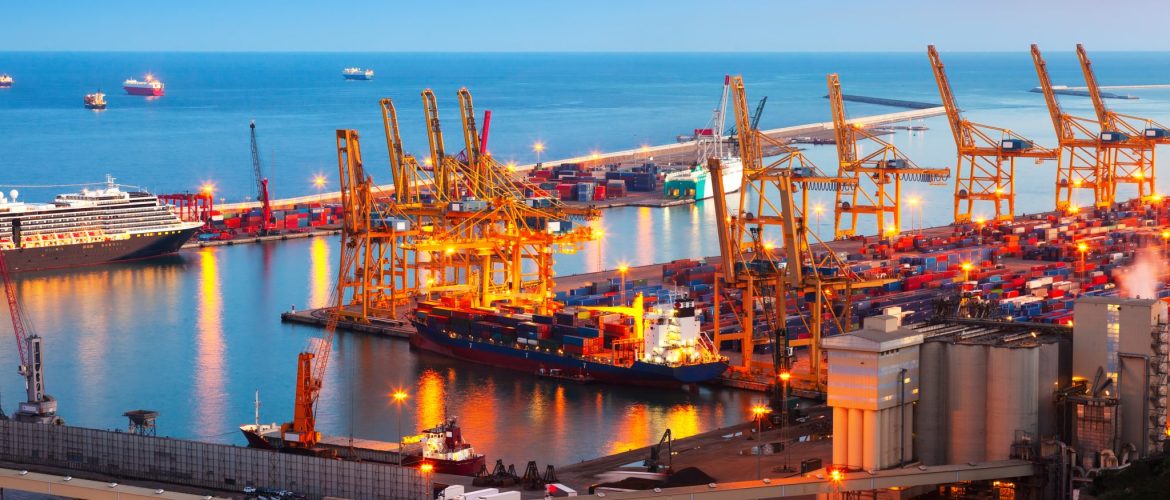
Transportation and Communication
Oman’s infrastructure has developed rapidly since the 1970s. The country now operates several major ports, including Port Sultan Qaboos in Muttrah, Salalah Port, and Port Al-Fahl. In the late 1990s, expansion began at the industrial port of Sohar, transforming it into a key shipping hub. Salalah, rebuilt as one of the world’s largest container terminals, has become a vital stop for international shipping lines entering the Indian Ocean.
Traditional dhows — wooden sailing vessels — still carry goods along the coast, linking Oman to its maritime past. The nation’s main airports are in Muscat (Al-Seeb International) and Salalah. Oman Air, the national carrier, connects the country to major global destinations.
An extensive network of asphalt and gravel roads now links most towns and villages, a remarkable transformation from the virtually roadless state of Oman before 1970. Although the country has no active railway system yet, a national rail project is in planning stages, designed to connect with other Gulf countries.
Omantel, the state-owned telecommunications company, played a central role in modernizing communication. It expanded telephone and internet networks through the 1990s and introduced digital systems across the nation. Internet service began in 1997, and the arrival of private mobile providers in 2004 brought affordable cell service to nearly every corner of the country. Satellite systems now handle much of Oman’s international communication, linking even its remote villages to the world.


